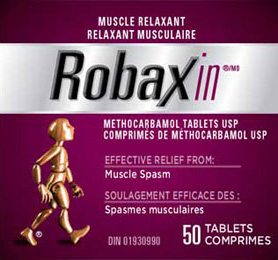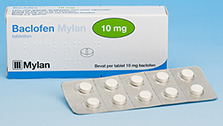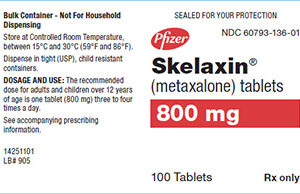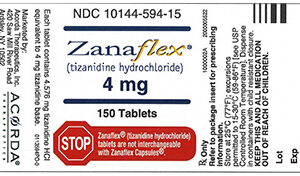Muscle Relaxant
Muscle relaxants are a group of medications specifically designed to relieve muscle spasms and discomfort, often associated with acute musculoskeletal conditions. These medications primarily act on the central nervous system and are a key component in the treatment of various muscular and nerve-related conditions.
Types of Muscle Relaxants:
Cyclobenzaprine (Flexeril): One of the most commonly prescribed muscle relaxants, Cyclobenzaprine is effective in treating muscle spasms from acute musculoskeletal conditions, including back pain. It works by blocking nerve impulses (or pain sensations) that are sent to the brain.
Methocarbamol (Robaxin): Used to relieve muscle pain and spasms, particularly after injury. It has a sedative effect, which can help ease the discomfort associated with severe spasms.
Carisoprodol (Soma): Another muscle relaxant used for short-term relief of muscle pain. It is recommended for rest, physical therapy, and other measures for the relief of discomfort associated with acute, painful musculoskeletal conditions.
Baclofen: Often used for muscle spasticity; it’s particularly beneficial in conditions like multiple sclerosis and spinal cord injury. Baclofen works by blocking the release of certain neurotransmitters, thereby reducing muscle tightness and improving movement.
Tizanidine (Zanaflex): Primarily used for spasticity management, this muscle relaxant works by slowing action in the brain and nervous system to allow the muscles to relax.



